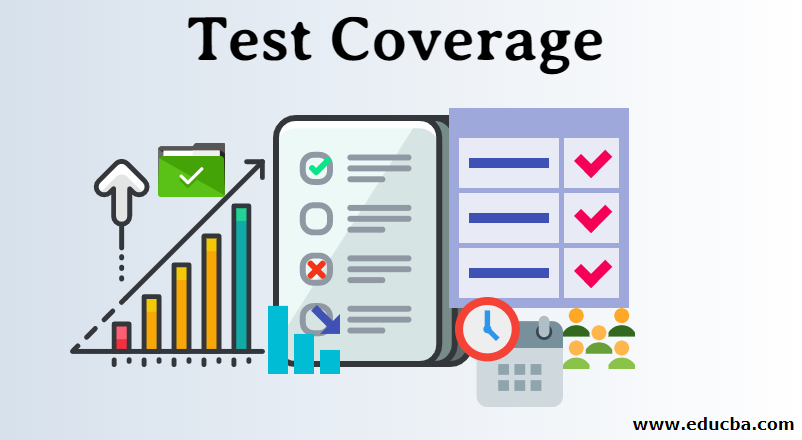Updated March 15, 2023
Introduction to Test Coverage
Latest converge measure in some specific way that the amount of testing performed by a set of test, i.e. derived in some other way, for example, using specifications based techniques. Whenever we can count things and tell whether or not each of those things has been tested by some test, we can measure the coverage. The main objective of this test coverage is to state the level to which the written coding of the application has been tested.
What is Test Coverage?
- It may be defined as the methodology applied in the software testing to measure the part of the covered testing. As the name states, it shows the percentage of the test that has been covered by means of manual or automated testing. The reason behind the introduction of this methodology is to improve the way testing has to be done. For the application with lots of things to be tested, this approach makes sure that all the application areas have been tested successfully. It is mainly concerned with only the testing phase of the software development life cycle.
- It may also be defined as the percentage of the amount of test that has been covered and the part that is yet to be covered. It makes the pending and completed work represented in the form of digits so that the development and the testing team should be clear about the work that has to be done before the deadline. In order to calculate the percentage of test coverage, there is a particular formula that we will cover in the later section. Overall it is the way that enhances the efficiency of testing work and makes it easy for the entire team to monitor the progress in the testing phase.
How is Test Coverage Performed?
In order to calculate the test coverage or the percent of the amount of testing that has been covered, we are supposed to have the basic data or the details depending on which we will be getting the accurate test coverage. The first thing is that you should understand the complete amount of code of code that you are supposed to check, and the second thing is that you should have the number of lines of code that have been tested so far. The calculation has to be performed using both the information to calculate the test coverage.
Below is the formula to calculate test coverage:
Suppose the total number of lines of code that has to be tested is 1000 while the number of lines tested as far is 150. So the test coverage could be calculated by using those values in the above-mentioned formula.
Test Coverage = (150/1000) * 100% = 15%
In the above-given case, the test coverage is 15% which means that 15% of testing has been done, and the rest 85% of testing is yet to be completed.
How Test Coverage Makes Working so Easy?
The testers consider the value of the test coverage to check if they are on their way to finishing the testing task before hitting the deadline. They can adjust their pace accordingly in order to get the testing done at the expected time. It gives the tester an edge to keep track of their work. Also, sharing the progress in testing work with the other teams or the leadership becomes very easy by the use of this methodology. Rather than explaining all kinds of testing and its progress to any party, it is way too easy to update them using numerical data, and it is the main reason behind the evolution of this methodology. It makes the testing phase of the software development life cycle very convenient. It makes it very clear to every member how much testing has to be done in specific intervals to achieve the testing goals.
Advantages
The test coverage methodology has made it very convenient to perform testing due to the several features that the testers like.
1. Monitoring Progress
It can be used to keep track of the progress made by the testing team to complete the tasks assigned to them before the specified timeline. In addition, it keeps on the testers updated about the pace they are heading towards their goals.
2. Meeting Deadline
By having an eye on the percentage calculated using the test coverage, one can adjust their speed of working on getting their deliverables ready before the timeline, which will eventually help them keep their work up to date and help refrain themselves from hitting deadlines.
3. Sharing Work Status
Throughout the development cycle, it is required to keep on sharing the work status report with the concerned stakeholders. One can deliver concise information using the percentage outcome after test coverage calculation by bringing it into use.
4. Improve Testing Approach
It is very helpful to keep the team updated about the time and work progress ratio so that they can try different approaches of working if required to complete the work effectively and efficiently, which eventually leads to getting the testing approaches of the testers improved.
Conclusion
It has been considered the best way to calculate the amount of testing work that has been completed or yet to be completed. It makes work a bit easy for the testers by keeping them aware of how things are flowing. The testers may also use it to make themselves planned for delivering the task assigned to them at a given time. It is one of the modern approaches that has been introduced into the contemporary way of developing software.
Recommended Articles
This is a guide to Test Coverage. Here we discuss the basic concept, working, performance and the advantages of test coverage, respectively. You can also go through our other suggested articles to learn more –




